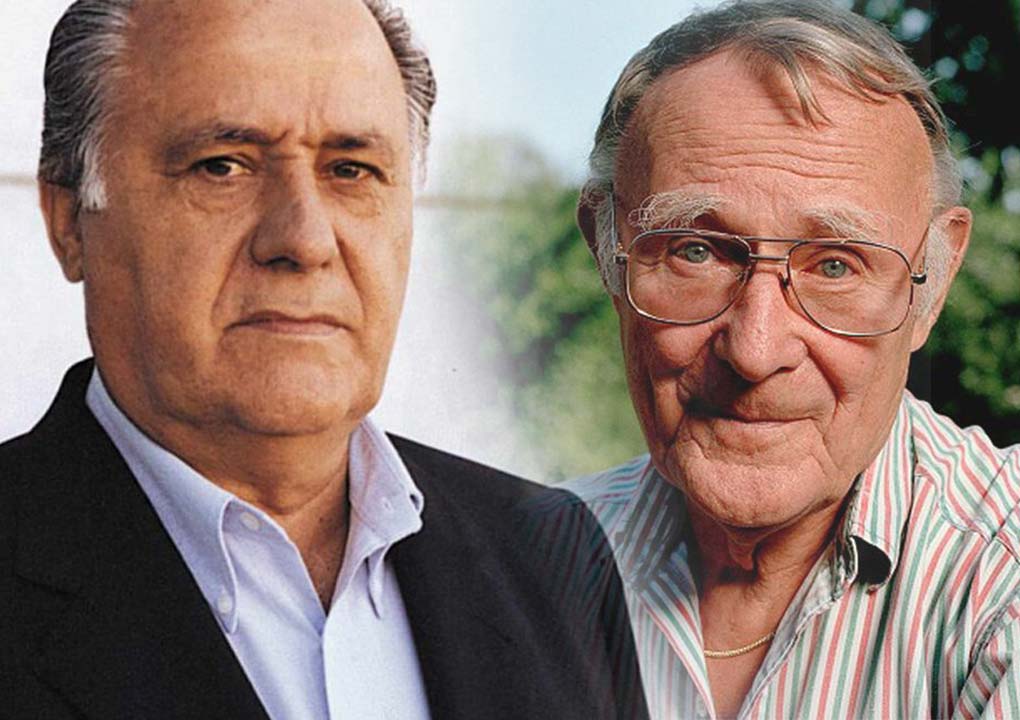Why should your product development process be any different from P&G’s? Taking a leaf from them could help you develop the discipline for a good process.
The following is a summary of ‘The Eight Essentials of innovation’ published in McKinsey quarterly. Have a look and see if you could borrow some steps to help make innovation part of your business.
1. Aspire
The first step is to ensure you have a realistic catalyst that can stimulate action & quantify your goal. This might be a vision, objective, sales figure or a number of new products you want to introduce. To get there, you’ll need to know what the ambition is & what resources are required.
2. Choose
The next step is to frame up the opportunity area. None of us know where meaningful innovations will come from, and you can’t look everywhere, so set your boundaries. This also means managing your portfolio of innovation opportunties (This is deciding what eggs go in what baskets – risk mitigation).
3. Discover
Then you will need to use observation, intuition & inspiration to align new technologies with your customers’ wants & needs. P&G are masters at aligning their brands’ equity with technology & customer needs.
4. Evolve
Then it gets interesting: creating new products is only one way to innovate. You’ll need to think beyond product innovation & review the value chain, profit streams, or modify delivery models.
5. Accelerate
If you’re a company who isn’t inclined to innovate without evidence, the solution is to test the innovation in a sample market, as if it’s going to fail… Fail fast & cheap.
6. Scale
Then, ensure you launch your innovation in the right markets to the right people at the right size. This may mean starting small in test markets but being prepared to roll out fast, which means your partners need to be prepared.
7. Extend
As more and more problems are being solved by collaborative eco-systems, you need to harness technology, knowledge, skills & the abilities of external networks to extend your innovation further.
8. Mobilise
The final step is to ensure the whole organisation is mobilised for continuous innovation. As Thomas Edison said: “innovation is 1% inspiration and 99% perspiration”. Committed leadership is the most predictable indicator of a successful innovation culture.
Read more:
- The 8 Essentials of Innovation
- New Product Development Process
- 8 Step Process Perfects New Product Development
In 1996, Febreze was one of Procter & Gamble’s most promising products, but unfortunately it was on the brink of failure.
Earlier, a P&G chemist had accidentally discovered that HPBCD (hydroxpropyl beta cyclodextrin) locked in bad smells. It seemed like a breakthrough product that would add billions of dollars to the P&G stable of brands. The problem was, while the product was brilliant, everything P&G did to market this revolutionary product failed. Customers, it appeared, didn’t want to be told their houses, pets or clothes were smelly. The solution lay with aligning the product to a consumer insight.
The insight came from a compulsively tidy housewife who just loved Febreze and used it every day. Why? Her house didn’t have any obvious smelly problems. No pets. No smokers. What smells was she trying to get rid of ? That was simple: none. After cleaning up after her boys and making their beds, she used Febreze as a finishing touch. “It’s a nice way to make everything smell good” she said.
This insight that Febreze could be used as the ‘finishing touch’, was the beginning of the next billion dollar brand.
Read more: How P&G brought Febreze back to life
Share this article



